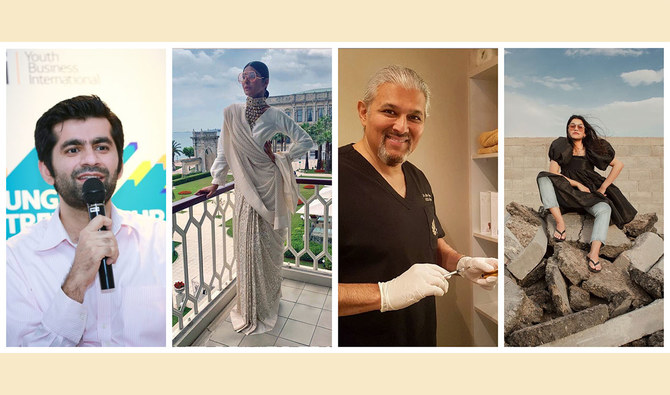ISLAMABAD: The United Arab Emirates is home to a sizeable expatriate population from Pakistan, many of them living in Dubai. A flourishing place that offers a wide array of opportunities in a multicultural environment, the city is a popular choice for striking out on one’s own. Below, we list just a handful of Pakistan’s most promising and accomplished expatriates making themselves at home in the UAE’s Golden City.
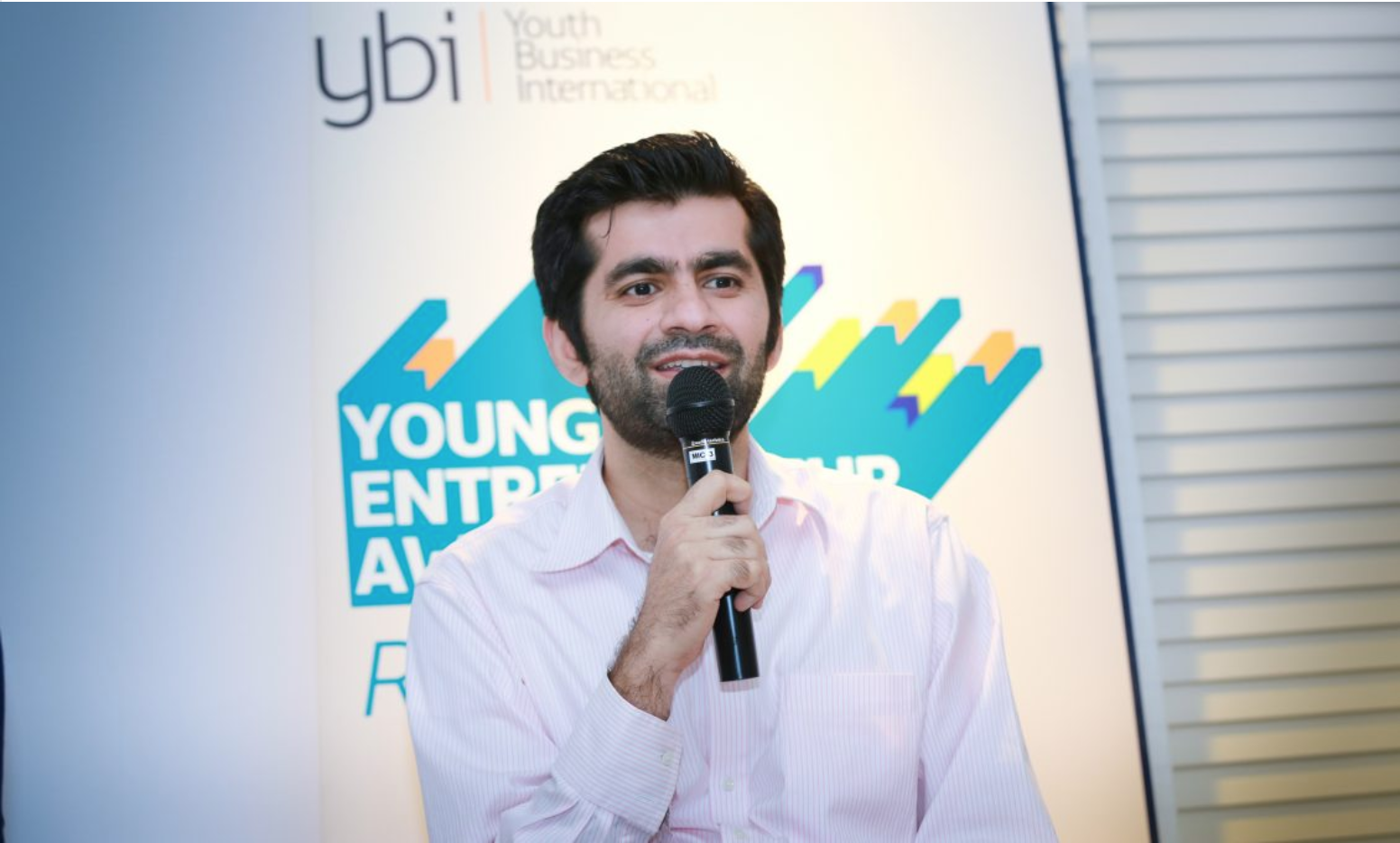
Pakistani expat living in Dubai, Mudassir Sheikha is the CEO and co-founder of ride-share app Careem (Image via Mudassir Sheikha Twitter)
MUDASSIR SHEIKHA - co-founder, Careem
The ride-share app that has acquired significant popularity in Pakistan, Careem was born out of Dubai to co-founders Mudassir Sheikha and Magnus Olsson who, at the time of its inception, were management consultants looking for easier ways to travel around the country. Careem, for which Sheikha serves as CEO, has found a home in a number of nations across the Middle East and Asia.
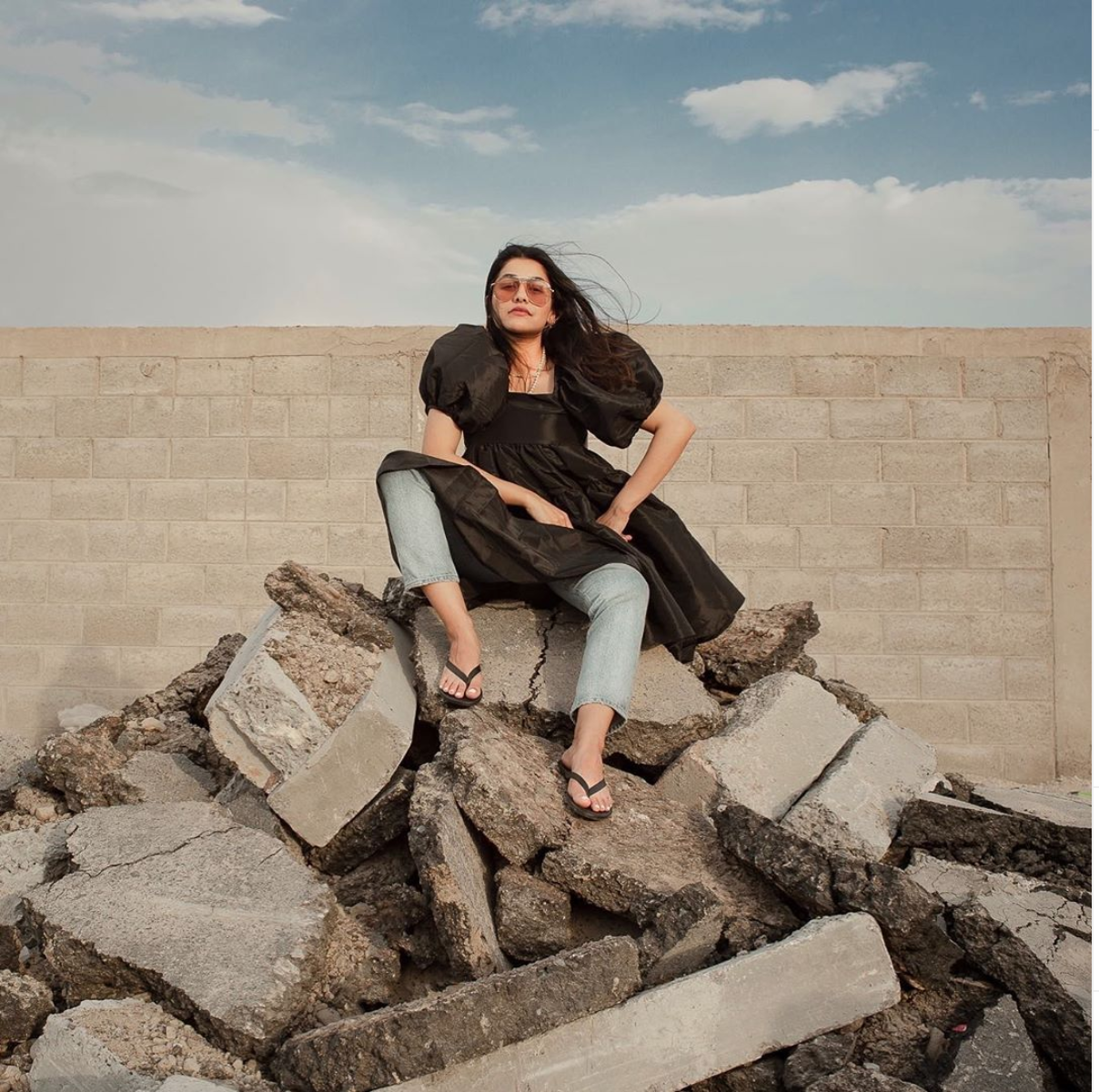
Half Pakistani and half Afghan, fashion influencer and stylist Anum Bashir, who calls Dubai home, has built a global career around her unique fashion sensibility that’s heavily influenced by the style in Dubai. (Image via Desert Mannequin Instagram)
ANUM BASHIR AKA DESERT MANNEQUIN
Man Repeller (where she serves as style contributor), Vogue Arabia and Harper’s Bazaar are just some of the names that have featured half Pakistani, half Afghan style icon Anum Bashir. The podcast host and co-founder of fashion line N Duo has spent most of her life in Dubai and built a career around her keen eye for blending fashion genres, a skill that has made her a favorite of both western and Pakistani designers.
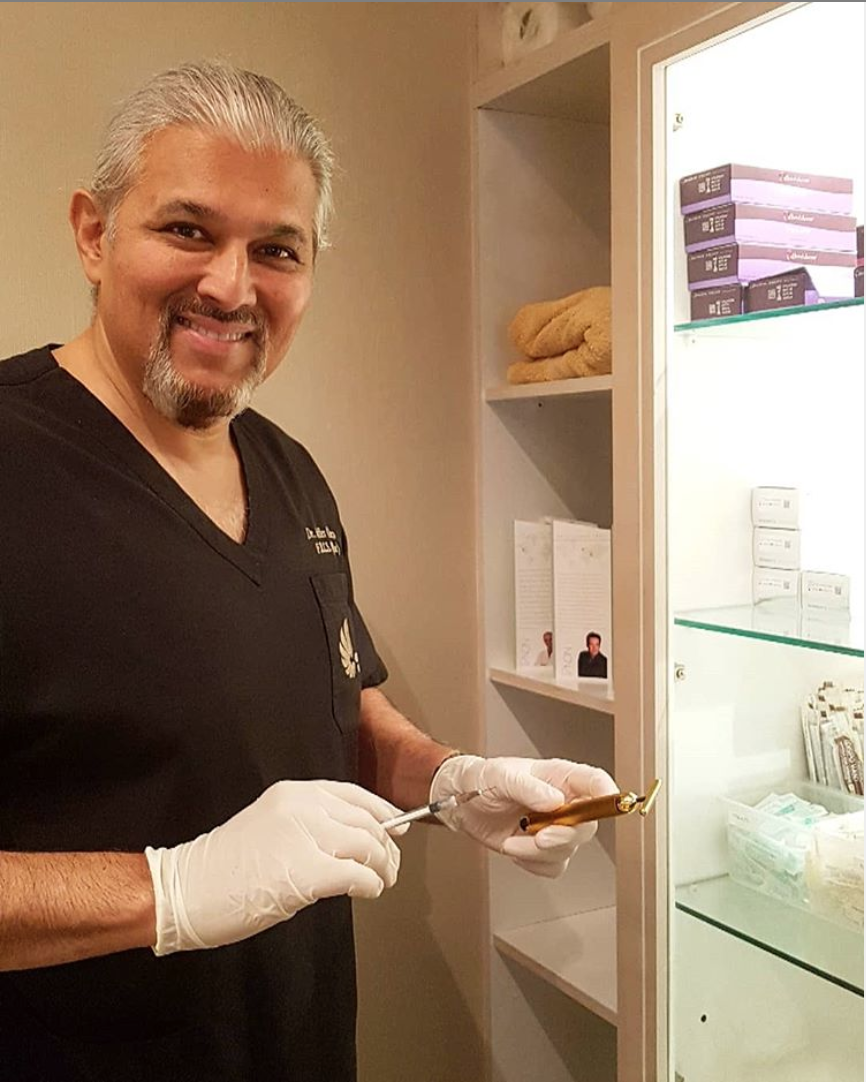
Plastic surgeon Dr. Jaffer Khan is the CEO and founder of two of Dubai’s most popular cosmetic procedure practices Aesthetics International and The Nova Clinic. (Image via Dr. Jaffer Khan Instagram)
DR. JAFFER KHAN
Plastic surgeon and founder of cosmetic surgery centers Aesthetic International and The Nova Clinic, Dr. Khan is one of the most well known names in beauty in Dubai. A native of Pakistan who has been practicing in Dubai for nearly two decades, he is a trained hand, burns and microvascular surgeon, who in addition to beauty procedures works in reconstruction.
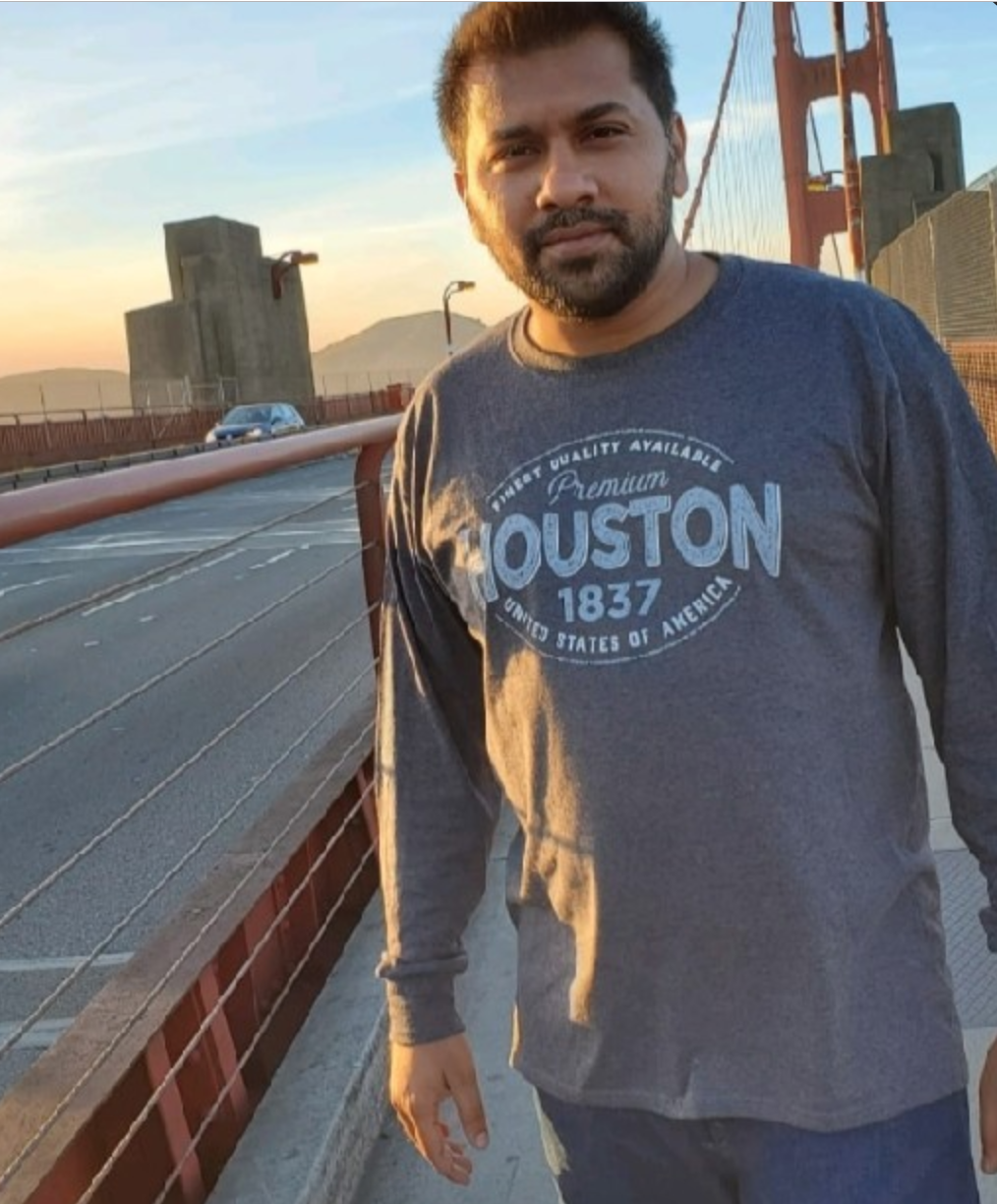
CEO and founder of one of the largest e-commerce stores in the UAE, Dubai Machine, Muhammad Zeeshan Hussain, a Pakistani national, calls Dubai home (Image via Muhammad Zeeshan Hussain Linkedin)
MUHAMMAD ZEESHAN HUSSAIN
Muhammad Zeeshan Hussain is founder and CEO of one of Dubai’s largest and most successful e-commerce sites, Dubai Machines. Dubai Machines, which is a selling space for office supplies and electronics, was launched by Hussain in 2013 to fill the gap and convenience of finding office works in the UAE.
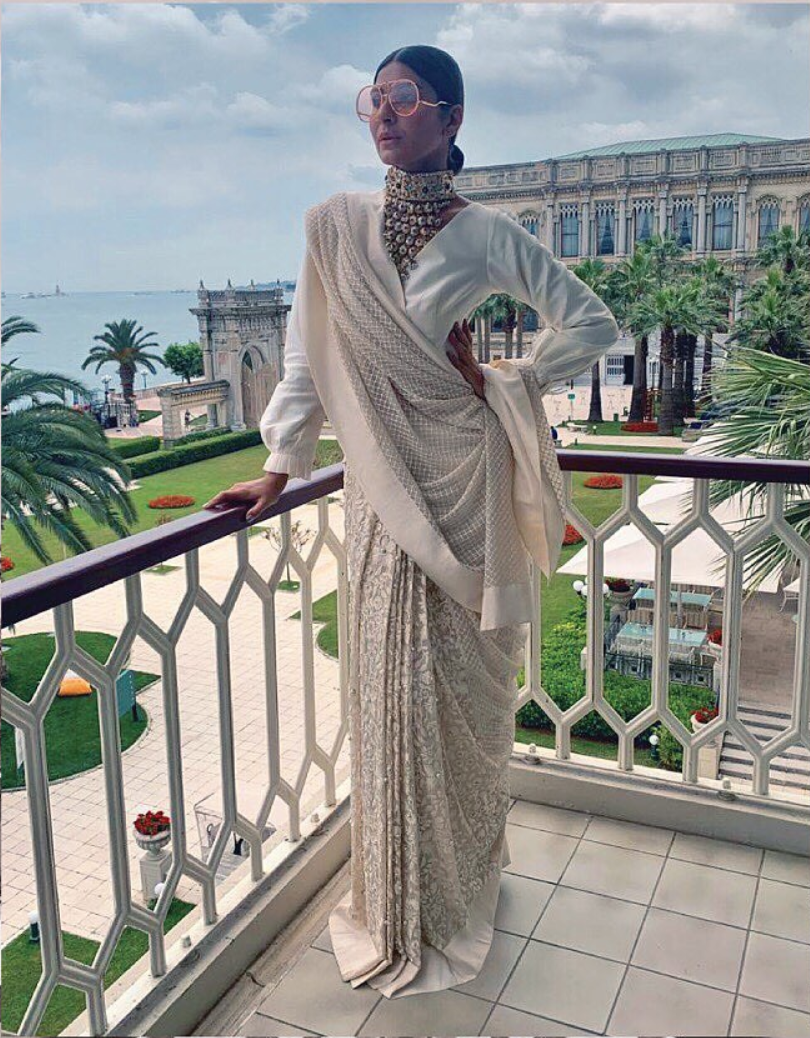
Originally from Karachi, actor Kiran Malik has called Dubai home for several years with the city playing backdrop to many of her social media posts. (Image via Kiran Malik Instagram)
KIRAN MALIK
Kiran Malik, a resident of Dubai, is possibly the most easily recognized individual on this list since she launched her film career in Pakistan only a few years ago. Her debut film last year “Pinky Memsaab,” was both a box office and critical success, and her next film “Zarrar” with Shaan is due out this year. Malik had a career in HR before she started dabbling in modelling and cinema.


